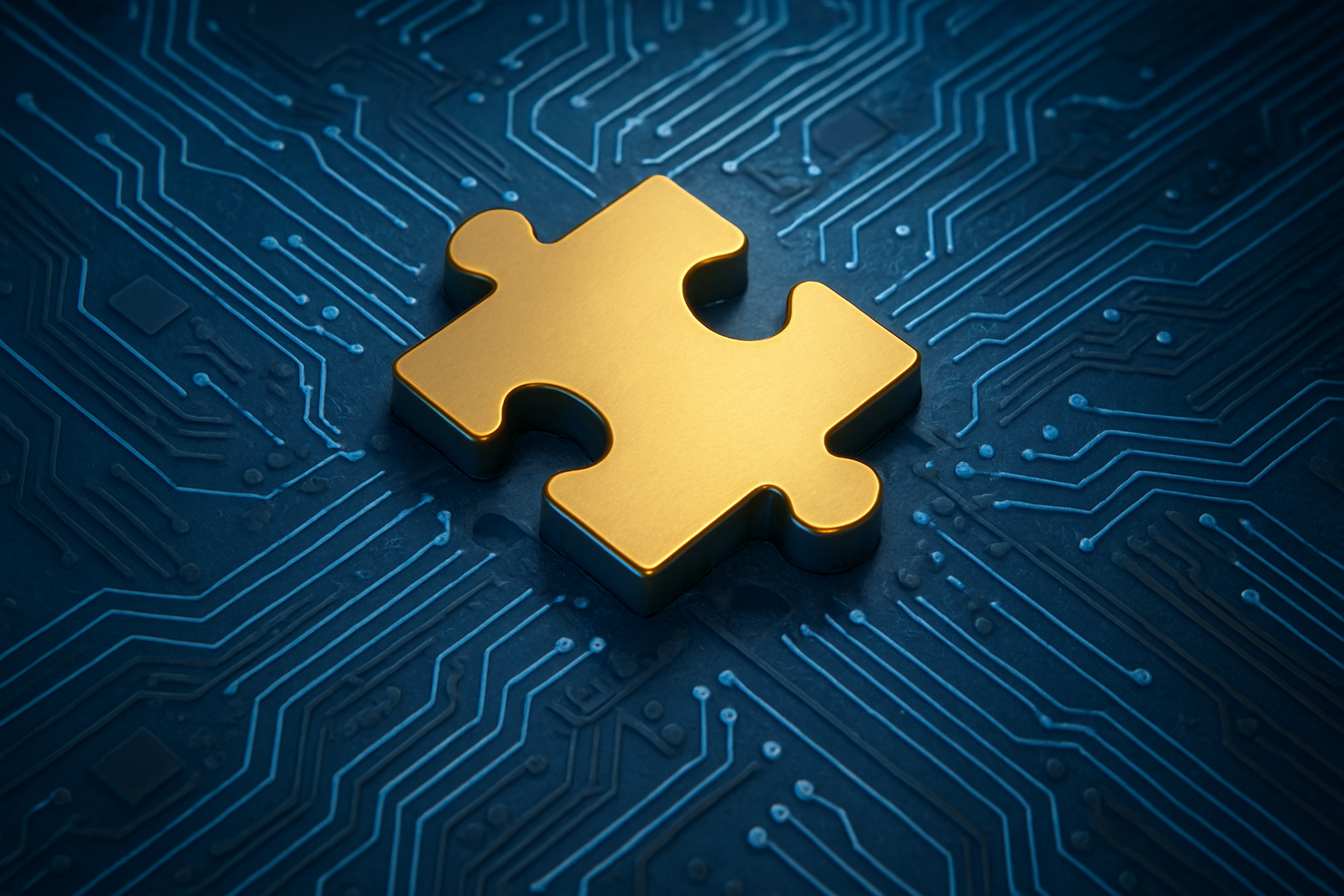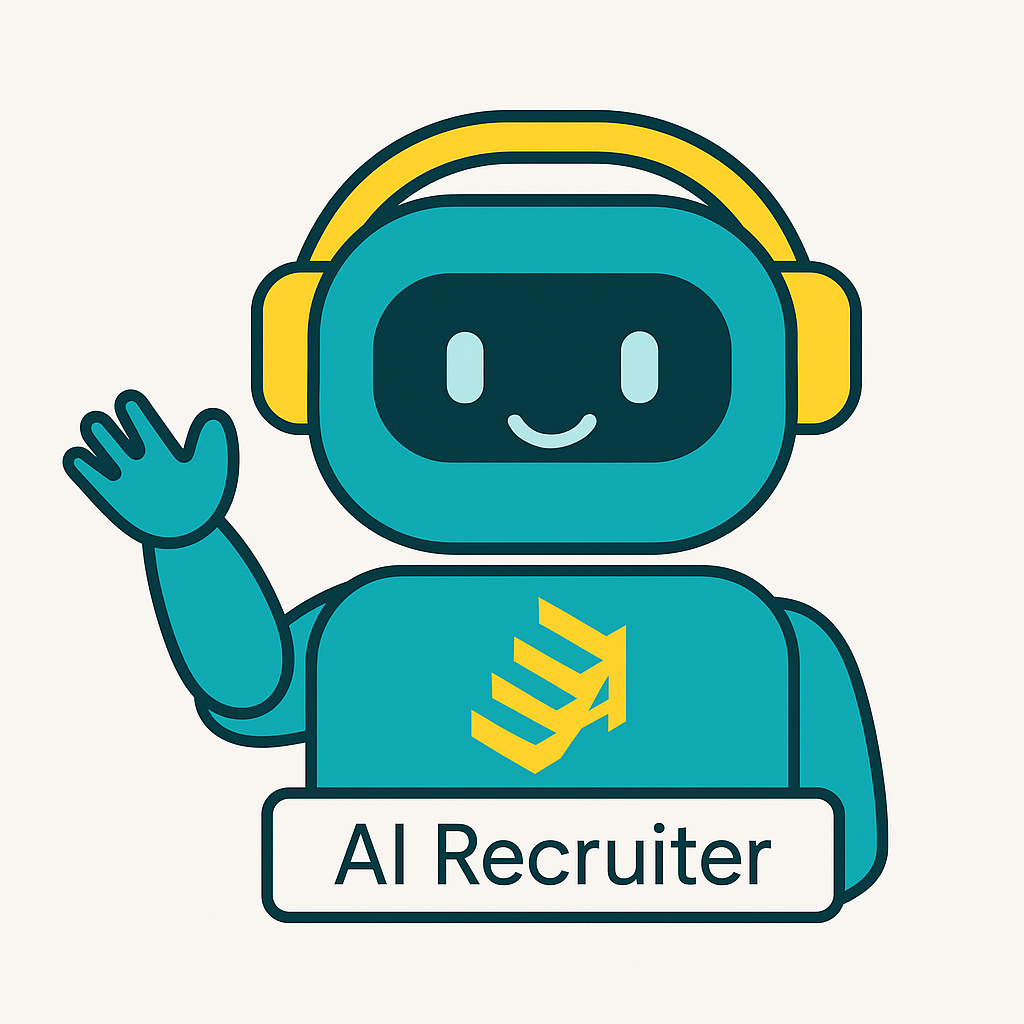Introduction: Drowning in Tools, Starving for Time
Why AI won’t replace recruiters, but it will make them more powerful.
Recruiters today are pulled in every direction, screening hundreds of resumes, juggling interview schedules, and following up with candidates who might or might not reply. The proliferation of recruitment platforms and hiring tools hasn’t solved the problem. In many cases, it’s made things more complicated.
Meanwhile, generative AI tools like ChatGPT are grabbing headlines, and some recruiters are wondering: Is this another tech fad or a real solution?
Let’s be clear: AI won’t replace human recruiters. But recruiters who use AI strategically will absolutely outperform those who don’t.
In this article, we’ll break down the foundational concept of AI augmentation, what it is, what it isn’t, and how it can help your team work smarter, not just harder.
What Is AI Augmentation?
At its core, AI augmentation means using artificial intelligence to enhance human capability, not replace it. Think of it as your new digital assistant, one that never sleeps, never forgets a task, and processes data at lightning speed.
In recruiting, this assistant might:
- Scan thousands of resumes in minutes for basic qualifications
- Draft candidate outreach emails tailored to each job seeker’s profile
- Schedule interviews automatically based on everyone’s availability
- Summarize candidate responses from assessments or screening calls
These are repetitive, time-consuming tasks, critical, yes, but not where a recruiter’s real value lies. AI helps you reclaim your time to focus on what humans do best: building relationships, assessing cultural fit, and closing top candidates.
Where to Start: Admin Automation in Practice
Most recruiting teams are already overwhelmed by workflows that eat up hours of their week. So let’s break down exactly where AI-powered automation can make an immediate impact:
1. Resume Screening
Traditional screening methods are labor-intensive and prone to bias. AI tools can scan resumes for keywords, job history, and relevant skills, creating a shortlist within minutes.
Pro tip: The best platforms use a combination of machine learning and natural language processing (NLP) to understand context, not just keywords.
2. Candidate Sourcing
Platforms like Phenom and HireEZ use AI to scour the web and sourcing databases, identifying passive candidates who fit your open roles, even if they’re not actively applying.
3. Email & Message Drafting
AI can help recruiters personalize cold outreach at scale. Based on a candidate’s LinkedIn profile or portfolio, tools like ChatGPT can craft a thoughtful, tailored message in seconds.
This is especially useful for early outreach and follow-ups that would otherwise be too time-consuming to manage one-by-one.
4. Scheduling Interviews
No more back-and-forth emails. AI-enabled scheduling tools (like GoodTime or Calendly’s advanced integrations) automatically find mutual availability and book time, sometimes even sending confirmations and calendar invites.
What AI Can’t Do (and Why That’s a Good Thing)
While AI can handle repetitive tasks, it still falls short in key human areas. This is why recruiters are still essential, and why augmentation is the right framework.
Here’s what AI isn’t ready to do:
- Understand nuance in conversations
- Evaluate a candidate’s character or leadership style
- Negotiate offers or handle sensitive candidate concerns
- Build trust or explain your company culture
In short, AI handles inputs and outputs; humans handle judgment, empathy, and decision-making.
Key Benefits of AI Augmentation in Recruiting
- Time Savings
Many recruiting teams report saving 20-40% of their weekly time using AI for sourcing, screening, and scheduling.
- Improved Candidate Experience
Candidates receive faster responses, more consistent communication, and better-matched job recommendations.
- Reduced Burnout for Recruiters
Less time in spreadsheets and inboxes = more time doing meaningful work with hiring managers and candidates.
- Scalability
Whether you’re hiring 10 people or 1,000, AI can scale your output without sacrificing quality or demanding more headcount.
Choosing the Right Tools: A Simple Framework
There are thousands of HR tech platforms out there claiming to use AI. Here’s a quick framework to help you vet the right solutions:
Question
Why It Matters
Does it integrate with your ATS/CRM?
Avoid creating more friction for your team
Does it use structured data?
Accuracy improves when systems rely on clean inputs
Is the AI auditable?
Can you see why it made a decision? (e.g., ranked a resume?)
Is there human override capability?
Recruiters should always be able to adjust AI outputs
Can it grow with your needs?
Look for modular or scalable solutions
Change Management: Getting Your Team On Board
AI can be intimidating, especially for teams worried it might replace their jobs. Here are a few best practices to introduce AI augmentation successfully:
- Frame it as a helper, not a replacement.
Show how it will reduce tedious work and improve their candidate interactions. - Start small.
Pilot AI in one part of the recruiting process, like sourcing or email outreach, and collect feedback. - Involve recruiters in tool selection.
They know what pain points need solving. Their input improves buy-in and adoption. - Measure impact and share wins.
Track time saved, candidate satisfaction scores, and hiring velocity to prove the value of the change.
Common Concerns and How to Address Them
“Will AI make biased decisions?”
Yes, it can, if trained on biased data. That’s why human oversight and regular auditing are critical. Choose vendors who emphasize transparency and ethics.
“How much technical skill do we need to implement AI?”
Very little. Most platforms today are plug-and-play and designed for non-technical users. You don’t need data scientists on staff to get value.
“Will it really save that much time?”
Absolutely, but only if you map out where AI fits in your workflow and give your team time to adapt. Early adopters often start seeing ROI in just a few months.
Final Thoughts: Augment First, Automate Later
AI in recruiting isn’t about flipping a switch, it’s about layering in smart technology to enhance what your team already does well.
Start by identifying high-volume, low-value tasks. Bring in tools to automate those. Then, as confidence grows, expand into more advanced capabilities like predictive analytics or emotional intelligence scoring.
Recruiting is still about people. AI just makes it easier to connect with the right ones, faster.






